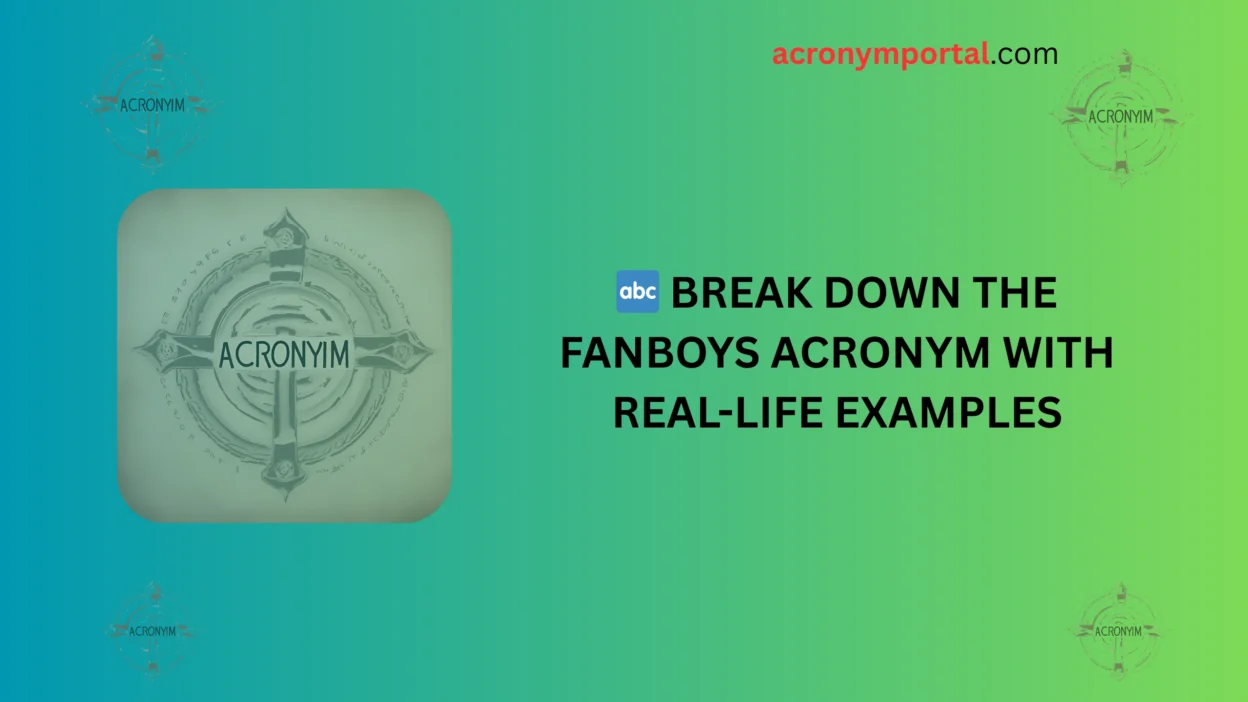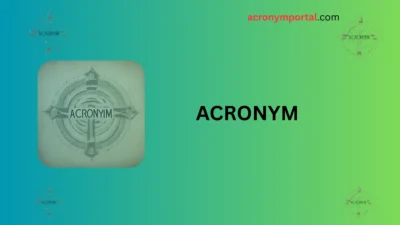Whether you’re brushing up on grammar or diving into writing more effectively, you’ve probably heard of the acronym FANBOYS.
But what does it really mean? And how can you expand your sentence style by using alternatives with subtle tonal differences?
Let’s break it down—and then explore 30 engaging alternatives that can add variety, flow, and nuance to your writing.
What Is the FANBOYS Acronym?
FANBOYS stands for the seven coordinating conjunctions in English:
- For
- And
- Nor
- But
- Or
- Yet
- So
These small but powerful words connect independent clauses—complete sentences that can stand alone but are often better together.
Example:
She wanted to go out, but it was raining.
Each FANBOYS word has its own tone and purpose. However, language is full of variety. So if you want to avoid repetition, enhance flow, or fine-tune the emotion of your writing, you can use alternatives—transitional phrases, conjunctive adverbs, or even restructured sentences that carry the same idea.
Let’s explore 30 powerful alternatives to the FANBOYS words.
30 Alternatives to FANBOYS (With Examples and Usage Tips)
Alternatives to “For” (used to explain reason)
- Because
I skipped dessert because I was full.
Use when: You want a clear, direct cause. - Since
Since it was late, we went home.
Use when: Offering a gentle or formal explanation. - As
As I was tired, I left early.
Use when: Softening a justification. - Inasmuch as
Inasmuch as she contributed, she deserves credit.
Use when: Writing formally or legally. - Seeing that
Seeing that we were lost, we asked for directions.
Use when: Showing a logical realization.
Alternatives to “And” (used to add information)
- Also
He’s smart. He’s also kind.
Use when: Adding emphasis in informal or formal writing. - Moreover
The results were strong. Moreover, they were consistent.
Use when: Writing academically or persuasively. - In addition
In addition to singing, she plays piano.
Use when: Adding complementary ideas. - Furthermore
The book was fascinating. Furthermore, it was well-researched.
Use when: Formal, persuasive tone. - Plus
We’re getting a dog—plus, we already have a cat.
Use when: Casual tone or speech.
Alternatives to “Nor” (used to show a negative link)
- Not either
He didn’t speak, not either did she.
Use when: Making parallel negatives. - Neither
Neither the manager nor the employee agreed.
Use when: Balanced, structured negation. - Not…or
She didn’t smile or wave.
Use when: Informal alternatives for shorter sentences. - Nor yet
He hadn’t called, nor yet had he texted.
Use when: Formal or literary negation. - Not only that…but also
Not only did she forget, but she also ignored reminders.
Use when: Expressing escalating negatives or positives.
Alternatives to “But” (used to contrast ideas)
- However
He wanted to leave. However, he stayed.
Use when: Formal or academic contrast. - Although
Although tired, she kept working.
Use when: Emphasizing concession. - Yet
She’s strict, yet fair.
Use when: Soft, subtle contrast. - Nevertheless
He failed. Nevertheless, he tried again.
Use when: Showing perseverance despite contrast. - On the other hand
Cats are quiet. On the other hand, dogs are lively.
Use when: Offering balanced comparisons.
Alternatives to “Or” (used to present options)
- Otherwise
Hurry up, otherwise we’ll miss it.
Use when: Warning of a consequence. - Either…or
You can either join now or wait until later.
Use when: Structuring choices. - Alternatively
We could stay in. Alternatively, we could go dancing.
Use when: Suggesting a shift in plans. - Whether…or
Whether we agree or not, it’s happening.
Use when: Posing a non-preferential condition. - As an alternative
As an alternative, we could watch a movie.
Use when: Polite or formal suggestions.
Alternatives to “Yet” (used to show contradiction)
- Still
He knew the risks. Still, he went ahead.
Use when: Showing persistent contradiction. - Even so
It was expensive. Even so, she bought it.
Use when: Acknowledging contradiction with soft tone. - Though
It’s late, though I’m still awake.
Use when: Informal or poetic structure. - Be that as it may
It’s dangerous. Be that as it may, we proceed.
Use when: Formal or dramatic tone. - All the same
He apologized. All the same, she was hurt.
Use when: Gently continuing disagreement.
How to Choose the Right Alternative
Here’s how to fine-tune your choices:
✨ Tone
- Formal: Moreover, Nevertheless, Inasmuch as
- Casual: Plus, Still, Though
- Academic/Professional: Furthermore, Alternatively, Since
🎯 Purpose
- Add ideas? Try “In addition” or “Also”
- Contrast ideas? Use “However” or “Yet”
- Show cause/effect? Go for “Because” or “Therefore”
- Pose options? Use “Alternatively” or “Whether…or”
🌍 Cultural Considerations
In business or academic English (especially in emails or reports), phrases like “However,” “In addition,” or “Alternatively” tend to be more appropriate. In conversation or storytelling, “Plus,” “Still,” or “Though” feel more natural and friendly.
Conclusion: Level Up Your Sentence Style with FANBOYS Alternatives
FANBOYS are foundational, but your writing can be much more dynamic when you bring in their elegant and expressive cousins. Whether you’re creating rhythm, avoiding repetition, or adding subtle emotion, these 30 alternatives give your language versatility.
Start small—swap out a few “but”s or “and”s. Soon you’ll notice how much more polished and persuasive your writing sounds.




